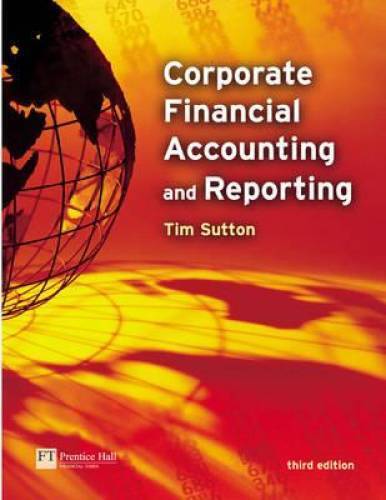Revenue and profit recognition: the film industry In addition to its theme parks in the USA, Europe
Question:
Revenue and profit recognition: the film industry In addition to its theme parks in the USA, Europe and Japan, the Walt Disney Company is a major producer of feature films and television programmes. It follows industry practice when recognising revenue and profit from film production and distribution. Its accounting policies concerning film production and distribution are set out below; they’re taken from the notes to its 2001 accounts.
Revenue recognition Revenues from the theatrical distribution of motion pictures are recognized when motion pictures are exhibited. . . . Revenues from the licensing of feature films and television programming are recorded when the material is available for telecasting by the licensee and when certain other conditions are met. [ . . . ]
Film and television costs Film and television production and participation costs are expensed based on the ratio of the current period’s gross revenues to estimated total gross revenues from all sources on an individual production basis. . . . Estimates of total gross revenues can change significantly due to a variety of factors, including the level of market acceptance of film and television products, advertising rates and subscriber fees. Accordingly, revenue estimates are reviewed periodically and amortization is adjusted, if necessary.
Required Comment on the way Disney (and other film companies) calculate periodic expense when determining the profit from the distribution and licensing of films. What are the risks to investors from the accounting methods used?
AppenedixLO1
Step by Step Answer:






